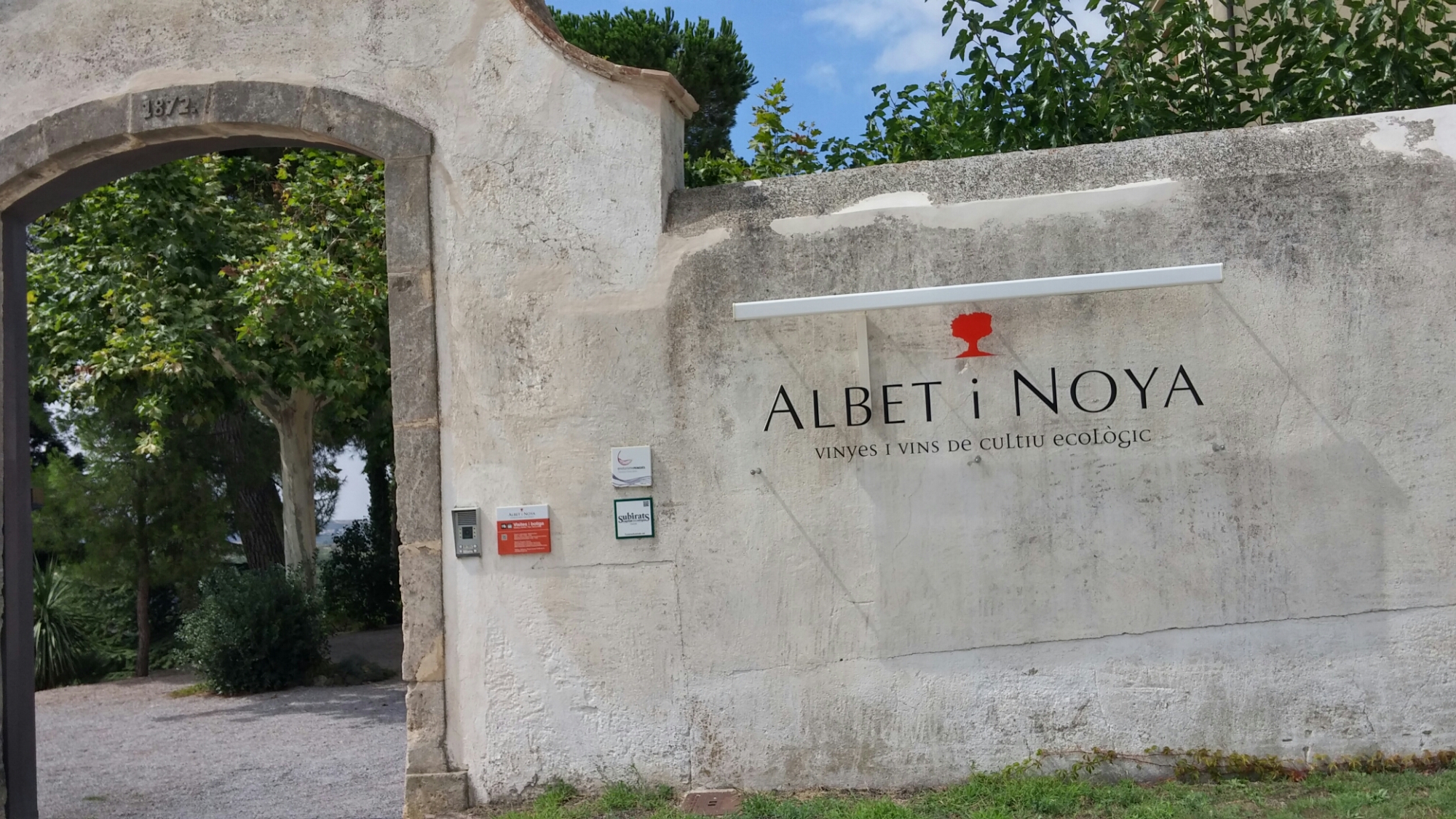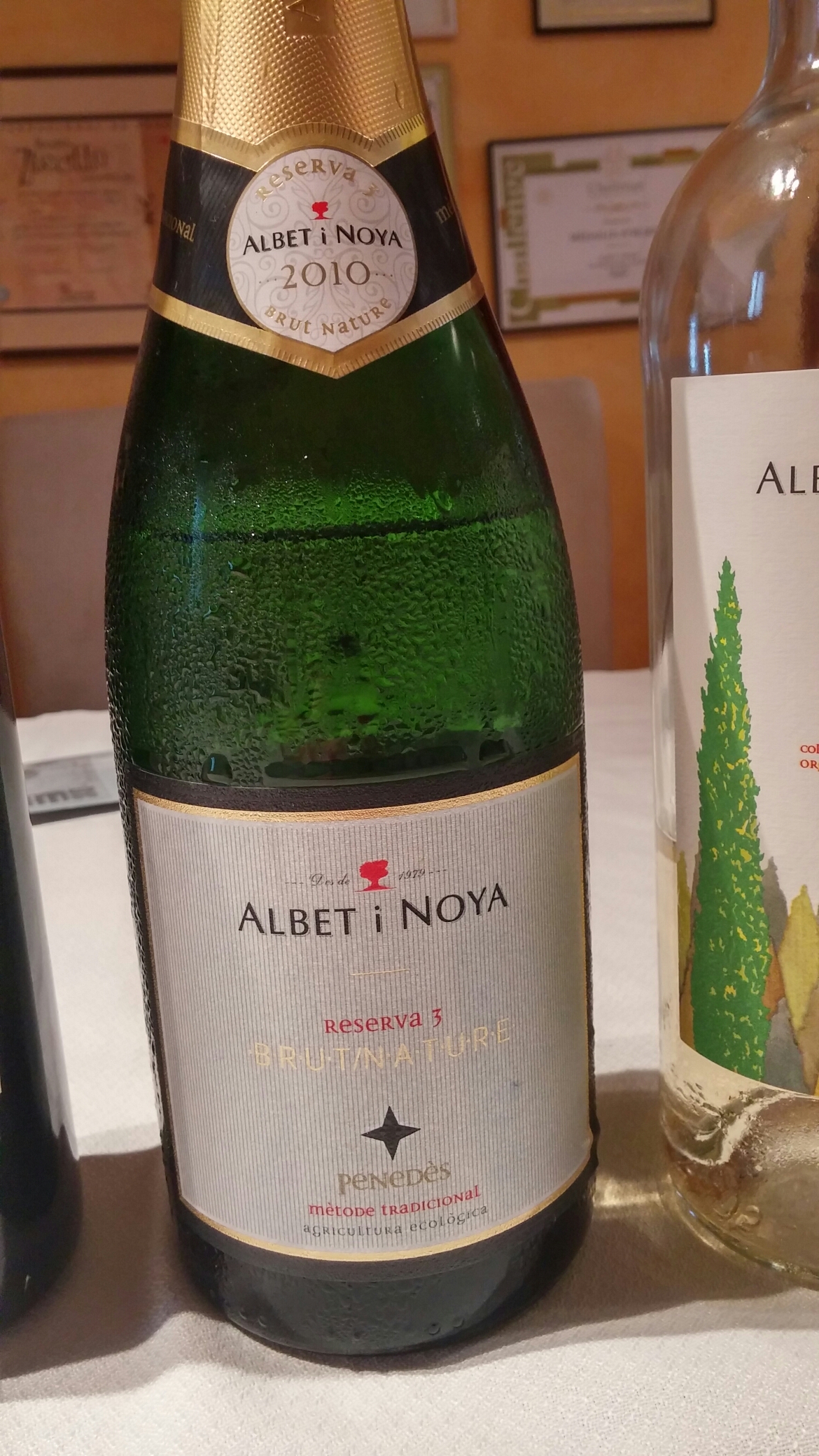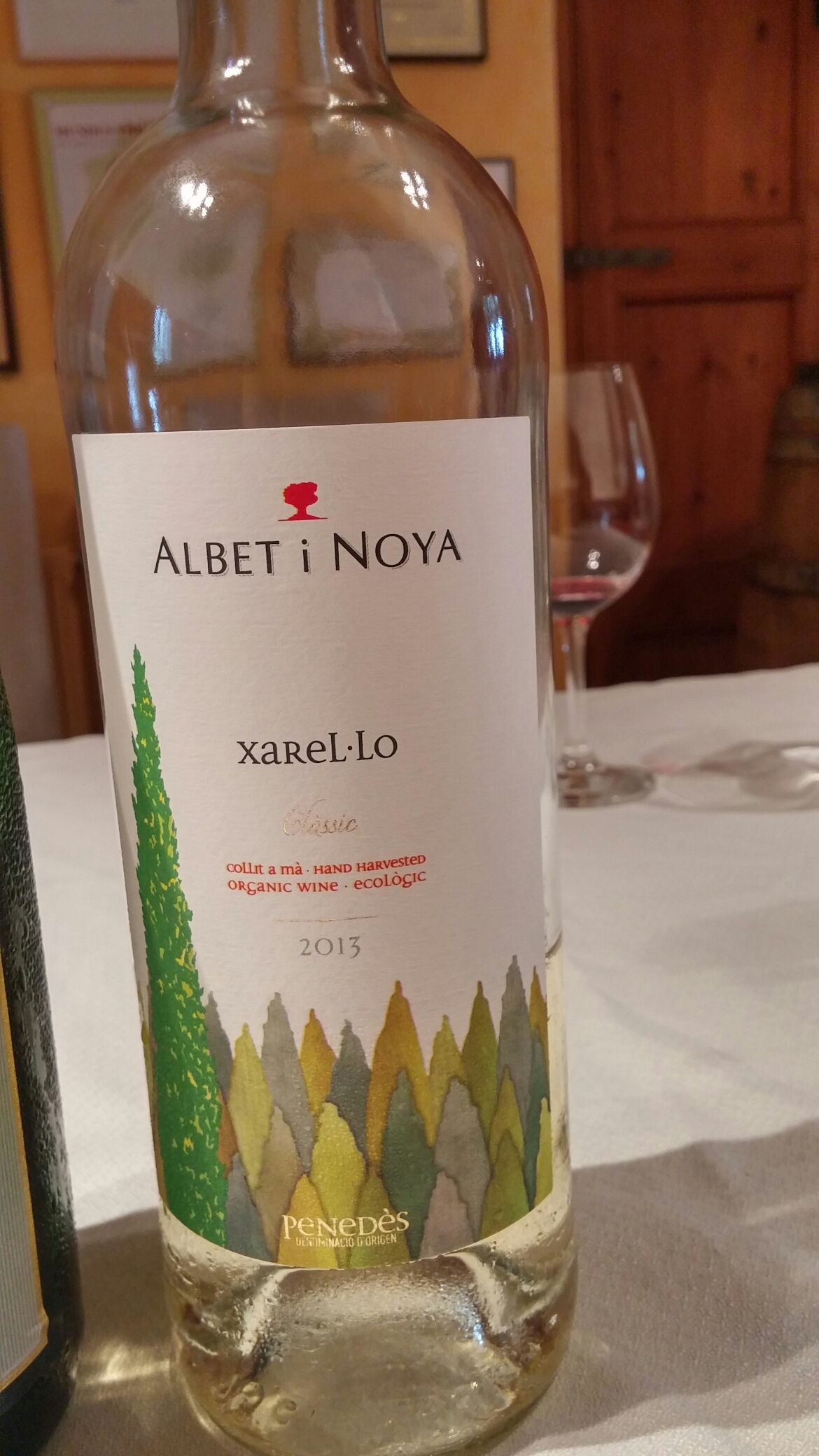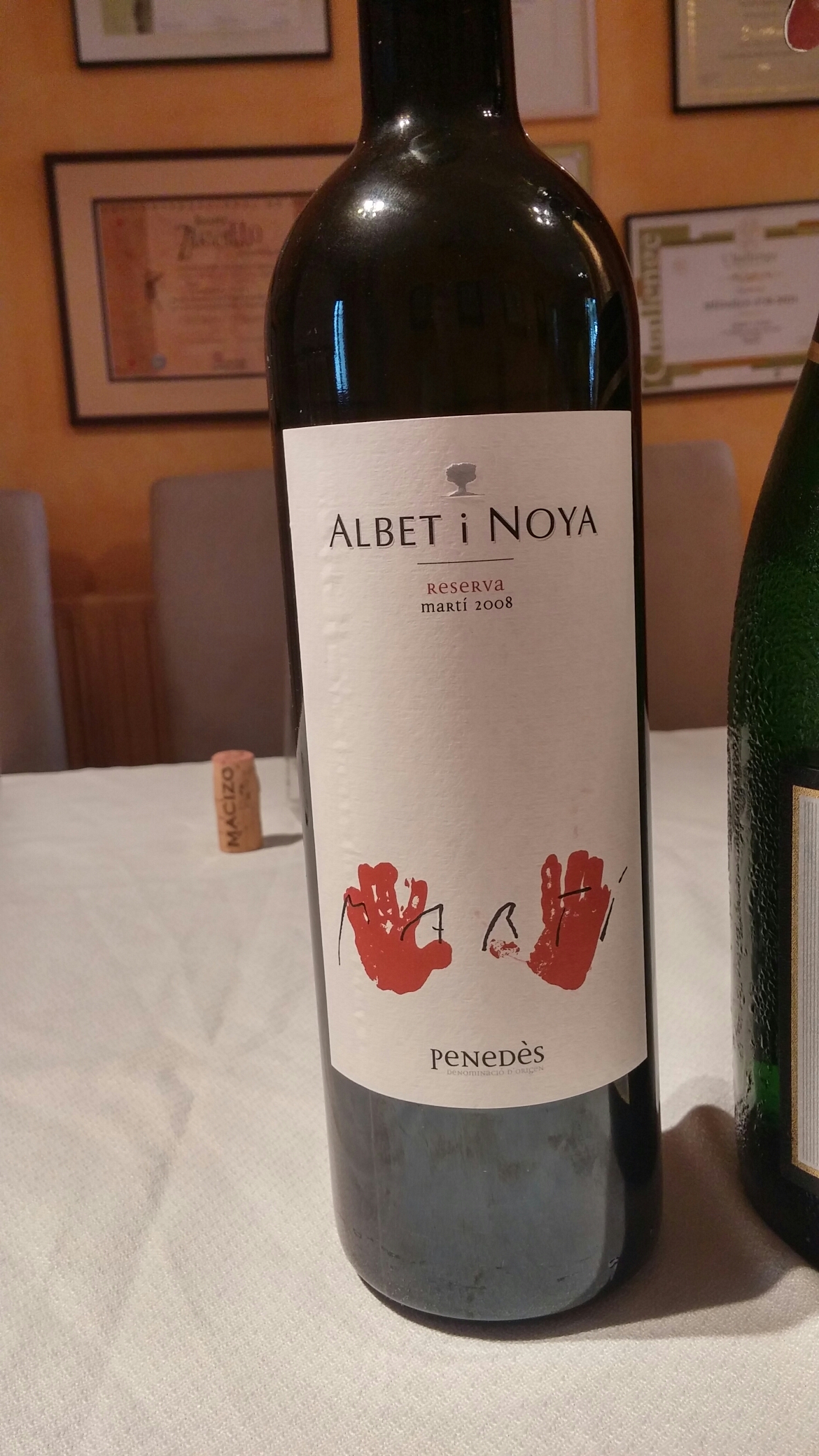To Cava or not to Cava

My wine touring begins with an organic winery within walking distance of my hotel in Sant Pau. Albet i Noya is a family winery that dates back to turn of the 20th century and, perhaps more importantly, has been making organic wines since the late 1970s. Now, personally I’ve never been a fan of organic wines. First of all, there are very few producers in the U.S.–Fetzer’s Bontara perhaps being the most popular. Today, I realized how little I really new about them.
Organic wines have rules akin to organic produce. However, rules differ between countries. For instance, in the U.S. sulfite quantities have to be less than 10 parts per million. In the E.U. its 100 parts per million. That is one of the reasons organic wine is so rare in the U.S.
Albet approaches organic wine making as very matter-of-fact. As my host Marta put it, “after 30 years it just seems normal.” Being organic stays in the vineyard. Albet is constantly experimenting with crossings to create more disease-resistant vines. They even go as far as to experiment with unknown pre-phylloxera vines which have survived and were previously undiscovered. This would be unheard of in the varietal-focused U.S. I wish I had a dime for every customer that came into Dry Creek Vineyard and first asked, “Can I try your Cabernet”, even though our specialty is Zinfandel. In addition to crossings Albet uses other practices such as spraying insect pheromones to confuse breeding and, like DCV, dry farming to increase plant hardiness. The idea is simple, healthy vines = less chemicals = better wines.
Albet is also part of a movement in Penedès to produce sparkling wines without calling them Cava, which has long earned a reputation as being an inexpensive alternative to Champagne. The trouble is they’ve become too cheap. Large producers like Freixenet and Cordoniu have driven prices to non-competitive levels through volume. Today the average consumer would balk at paying more than $20 for Cava, but jump at Champagne for the same price. So, Artisan producers like Albet are replacing “Cava” with their Penedès DO designation. So, keep that in mind the next time you’re shopping for Spanish sparkling. The one I tried was a “natural” version with that traditional hint of yeast and citrus on the nose, but offering a crisp, clean palette of green apple and lemon without the usual bread dough of Champagne.

But Albet is not just about sparkling. Indeed, a great deal of their wine is still. They make both red and whites, but the Catalonian Xarel-lo (pr. che-rel-LO) is one grape they really take pride in-producing both barrel and steel-only versions. The one I tried had a soft grapefruit scent augmented by a good dose of steely wet cement. The palette was surprisingly supple with delicate acidity, grapefruit, lychee, honeydew, and a lingering finish. Almost what one would expect if you mixed a Russian River Chardonnay with a NZ Sauvignon Blanc.

I finished with a red blend of Cabernet Sauvignon, Tempranillo (Ull de Lebre), Shiraz, and Malbec. A brilliant red cherry, strawberry nose followed by cherry vanilla, and cocoa revealed by 24 months of oak on the palette.

These wines are world-class and make me wonder why more wineries aren’t organic.”
